In the shadow of smokestacks and amid the clatter of industrial machinery, Victorian Britain found itself captivated by an unlikely obsession: prehistoric creatures embedded in stone. The 19th century witnessed an extraordinary phenomenon known as “fossil fever” – a cultural obsession with paleontological discoveries that transformed how humans understood Earth’s history. This scientific revolution coincided with the Victorian era’s broader fascination with natural history, classification, and the mysteries of the deep past.
As dinosaur bones and ancient sea creatures emerged from quarries and cliffs, they ignited the public imagination and challenged religious doctrines. The Victorian fossil craze was not merely a scientific movement but a cultural phenomenon that reshaped museums, literature, art, and even garden parties of the time. This remarkable period laid the groundwork for our modern understanding of prehistoric life and evolution, while reflecting the Victorian spirit of discovery and classification in an age of rapid change.
The Dawn of Scientific Paleontology

The Victorian fossil craze emerged from the pioneering work of early paleontologists who brought scientific rigor to the study of fossils. Prior to this period, fossils were often explained away as sports of nature, mineral formations that coincidentally resembled living things, or relics of Noah’s flood. William Smith, often called the “Father of English Geology,” created the first nationwide geological map in 1815, demonstrating that rock strata could be identified by their characteristic fossils. Meanwhile, Georges Cuvier in France developed comparative anatomy and established extinction as a biological fact, contradicting centuries of religious doctrine.
These scientific foundations, coupled with Charles Lyell’s Principles of Geology (1830-1833), which advocated for uniformitarianism—the idea that geological processes operating today are the same as those in the past—created the intellectual framework for the Victorian fossil fever. The stage was set for a dramatic expansion of paleontology from a niche pursuit into a national obsession that would captivate scientists and public alike.
Mary Anning: The Fossil Woman of Lyme Regis

No account of Victorian fossil fever would be complete without acknowledging Mary Anning, the working-class woman from Lyme Regis whose remarkable discoveries helped fuel the national obsession. Beginning in 1811 with the unearthing of the first complete ichthyosaur skeleton recognized by science, Anning spent decades combing the dangerous Jurassic cliffs of Dorset.
Despite her lack of formal education, she developed an expert eye for spotting fossils and an intuitive understanding of anatomy that astonished male scientists of the day. Her discoveries included the first complete plesiosaur, the first British pterosaur, and numerous fish and invertebrate fossils that challenged contemporary understanding of prehistoric life.
Although financially dependent on selling her finds to gentlemen collectors and institutions, and frequently denied credit for her scientific contributions, Anning’s work was fundamental to the growth of British paleontology. Her story epitomizes the class and gender dynamics of Victorian science, where knowledge could cross social boundaries even as recognition often did not.
Crystal Palace Dinosaurs: Prehistoric Monsters Come to Life

Perhaps no single event better illustrates the Victorian fossil craze than the unveiling of the Crystal Palace Dinosaurs in 1854. Following the success of the Great Exhibition, the Crystal Palace was relocated to Sydenham Hill in south London, where it was surrounded by elaborate gardens featuring life-sized reconstructions of extinct animals. Under the scientific direction of Richard Owen (who had coined the term “dinosaur” in 1842), sculptor Benjamin Waterhouse Hawkins created the world’s first dinosaur sculptures, including Iguanodon, Megalosaurus, and various prehistoric mammals and marine reptiles.
These concrete and brick creatures were unveiled at a spectacular dinner party held inside an unfinished Iguanodon model on New Year’s Eve 1853, with scientific luminaries in attendance. Though wildly inaccurate by modern standards—depicting dinosaurs as elephantine lizards rather than the more bird-like creatures we now understand them to be—these sculptures represented the cutting edge of paleontological knowledge at the time. The Crystal Palace Dinosaurs drew enormous crowds, democratizing paleontological knowledge and cementing dinosaurs in the public imagination for the first time.
The Great Dinosaur Rush: Scientific Rivalries
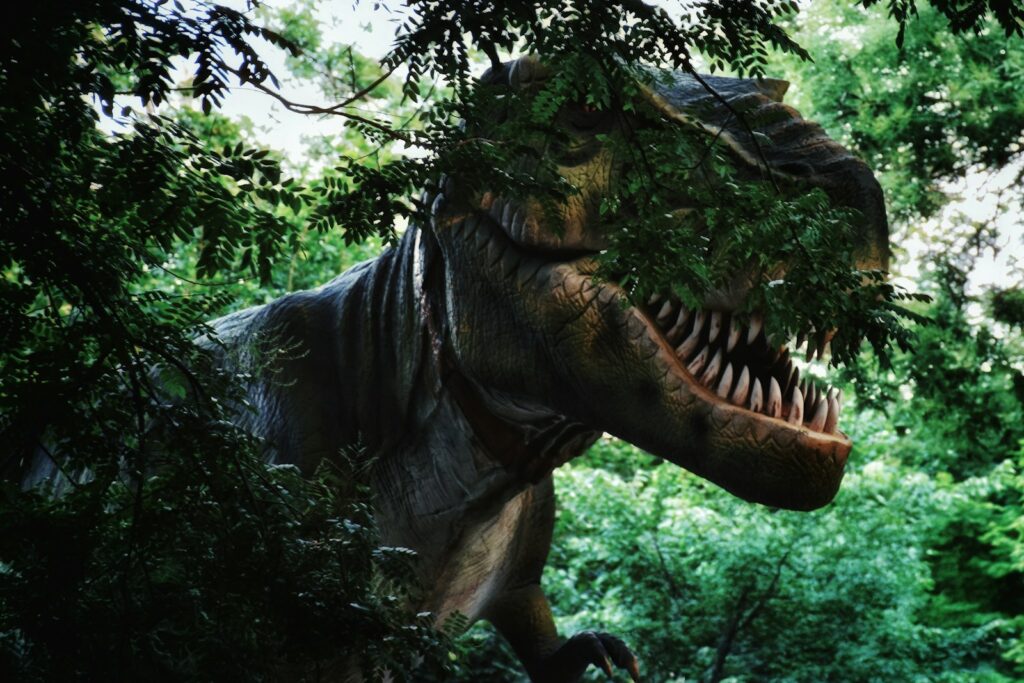
The Victorian fossil craze extended well beyond Britain’s shores, sparking what would become known as the “Bone Wars” or “Great Dinosaur Rush” in America. This notorious scientific feud between paleontologists Othniel Charles Marsh of Yale and Edward Drinker Cope of Philadelphia began in the 1870s and exemplified the competitive spirit driving fossil collection. Both men employed teams of fossil hunters to scour the American West, using increasingly unethical tactics including bribery, theft, and destruction of fossil sites to prevent rival discoveries.
Their teams even resorted to throwing dynamite at valuable specimens to prevent their competitors from obtaining them. Despite these unsavory methods, the Marsh-Cope rivalry resulted in the description of over 140 new dinosaur species and established American paleontology on the world stage. News of their discoveries regularly crossed the Atlantic, further feeding Victorian Britain’s appetite for prehistoric sensations and demonstrating how fossil fever had become an international scientific phenomenon with significant cultural impact.
Challenging Biblical Timelines: The Age of Earth
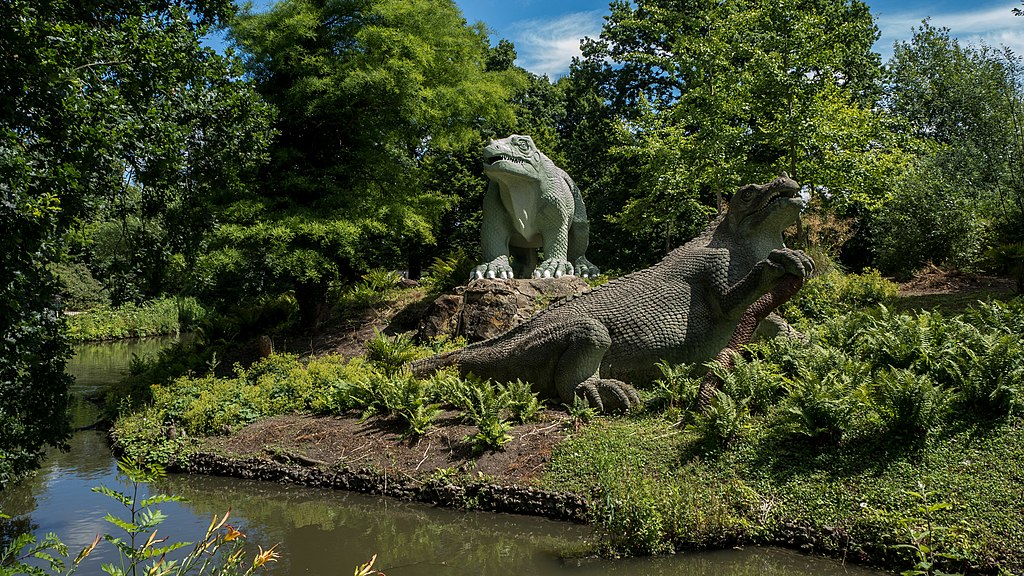
The Victorian fossil craze profoundly challenged traditional Biblical chronologies that dated Earth’s creation to roughly 4004 BCE, based on calculations by Archbishop James Ussher. Geological evidence increasingly suggested an Earth of almost unimaginable antiquity, with Charles Lyell proposing that geological features required millions of years to form. The discovery of extinct creatures unlike anything in the modern world further undermined the idea of a single, recent creation event. This temporal expansion created an existential crisis for many Victorians, who struggled to reconcile their religious beliefs with scientific evidence.
The anxiety was captured in Tennyson’s famous line about “Nature, red in tooth and claw,” reflecting the unsettling implications of a world shaped by extinction and struggle rather than divine planning. Some theologians attempted to reconcile science and religion by interpreting Genesis metaphorically or suggesting “gap theory,” which positioned dinosaurs between the first and second verses of Genesis. The fossil record thus became a battleground for broader Victorian debates about the relationship between science and faith.
Amateur Fossil Hunters and the Democratization of Science

The Victorian fossil craze was remarkable for its broad social appeal, extending far beyond professional scientists into a diverse community of amateur collectors. Middle-class Victorians, armed with new railway connections to coastal locations and popular fossil-hunting guidebooks, flocked to sites like Lyme Regis, Whitby, and the Isle of Wight in search of prehistoric treasures.
Women, otherwise largely excluded from formal scientific institutions, found in fossil hunting a socially acceptable scientific pursuit that occasionally led to significant discoveries. Working-class collectors, though often selling their finds to support themselves, sometimes developed considerable expertise recognized by the scientific establishment. The Geological Society of London, founded in 1807, had initially catered to gentlemen scientists but gradually expanded to include professionals from diverse backgrounds.
Local geological societies sprang up across Britain, organizing lectures and field trips that brought enthusiasts together regardless of social standing. This democratization of paleontology reflected broader Victorian values of self-improvement and the pursuit of knowledge, while creating networks of citizen scientists whose contributions remain valuable to this day.
The Museum Boom: Institutions and Collections
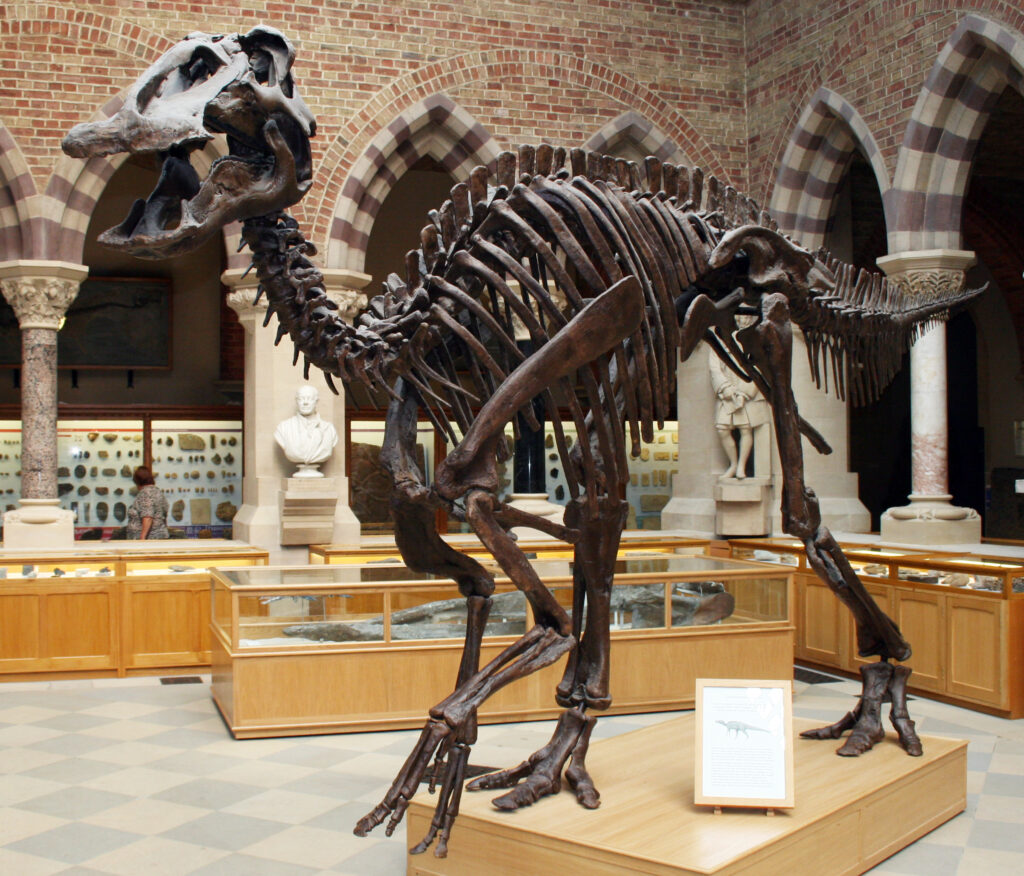
The Victorian fossil craze drove a remarkable expansion of natural history museums across Britain, transforming them from elite cabinets of curiosities into public educational institutions. The British Museum’s natural history collections grew so extensive they required a separate building, resulting in the magnificent Natural History Museum in South Kensington, which opened in 1881 with a central hall dominated by fossil displays.
Regional museums sprouted in industrial cities like Manchester, Liverpool, and Birmingham, often funded by civic-minded industrialists eager to bring scientific knowledge to the masses. Museum attendance reached unprecedented levels, with the working classes particularly well-represented on “penny admission” days. Behind the scenes, curators developed new techniques for fossil preparation, mounting, and display, while systematically cataloging their growing collections.
The Victorian museum boom established paleontology as a discipline with its own institutional infrastructure, scientific journals, and professional standards. These museums became temples to evolutionary time, where visitors could visually comprehend Earth’s vast history through carefully arranged fossil sequences that told the story of life’s development over millions of years.
Dinosaurs in Victorian Popular Culture

As fossil discoveries captured the Victorian imagination, dinosaurs and other prehistoric creatures quickly permeated popular culture in ways that continue to influence our perception of these animals today. Punch magazine regularly featured cartoons depicting dinosaurs as metaphors for political dinosaurs” or outdated institutions. Illustrated weeklies like The Graphic brought the latest paleontological discoveries to middle-class breakfast tables with dramatic engravings of fossil specimens and artistic reconstructions.
The most influential popular depiction came in 1851 with the publication of Henry De la Beche’s “Duria Antiquior” (A More Ancient Dorset), the first widely distributed artistic reconstruction of a prehistoric scene, showing ichthyosaurs and plesiosaurs battling in an ancient sea. Children’s literature embraced extinct creatures through books like “The Water-Babies” (1863), which included a sympathetic ichthyosaur character.
By the late Victorian period, toy manufacturers produced dinosaur figurines, jigsaw puzzles featured prehistoric scenes, and educational games tested children’s knowledge of Earth’s ancient inhabitants. This commercialization of paleontology helped cement dinosaurs as cultural icons while disseminating (sometimes inaccurate) scientific knowledge to the broader public.
The Impact of Darwin: Evolution and Extinction
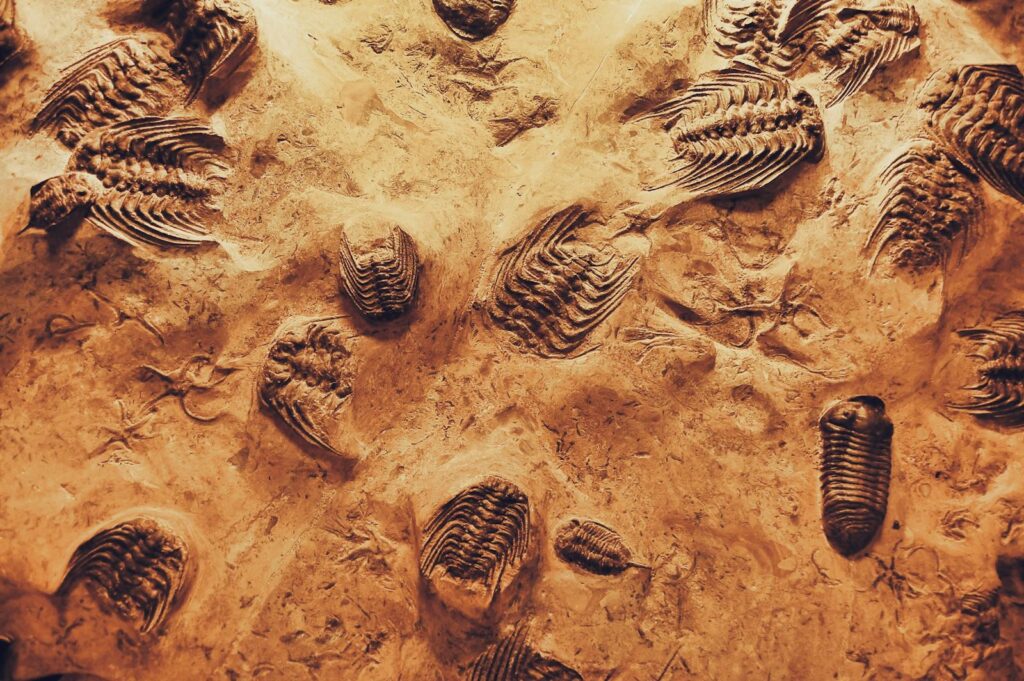
The Victorian fossil craze both influenced and was transformed by Charles Darwin’s theory of evolution by natural selection, published in “On the Origin of Species” in 1859. Darwin drew heavily on the fossil record as evidence for his revolutionary ideas, pointing to transitional forms and the progression of species through geological time.
Fossils that had previously been curiosities became powerful evidence in the fierce debates over human origins that followed Darwin’s publication. The concept of extinction, already established through fossil evidence, gained new significance as an essential mechanism of evolutionary change rather than mere divine punishment or geological catastrophe. Thomas Henry Huxley used fossil evidence of Archaeopteryx, a transitional form between dinosaurs and birds discovered in 1861, as compelling evidence for evolution during public debates.
For many Victorians, the fossil record became the physical testament to Darwin’s ideas—a library of Earth’s history documenting the development of life through natural processes rather than divine intervention. The theory of evolution thus gave new meaning to the fossil discoveries that had fascinated Victorians for decades, integrating them into a comprehensive scientific framework.
Fossil Collecting as Victorian Entertainment

For the Victorian middle and upper classes, fossil collecting transcended mere scientific pursuit to become a fashionable recreational activity. Seaside resorts like Scarborough, Whitby, and Lyme Regis actively promoted their fossil-bearing cliffs as tourist attractions, with local guides offering their services to visitors. Ladies’ magazines featured articles on how to arrange fossil collections aesthetically in drawing rooms, while etiquette books advised on the propriety of fossil hunting excursions for unmarried women (generally acceptable if properly chaperoned).
Fossil-themed garden parties became popular among the aristocracy, sometimes featuring temporary exhibits from private collections or lectures by invited paleontologists. Even Queen Victoria herself expressed interest in fossils, receiving presentations of notable specimens and visiting the British Museum’s fossil displays on several occasions.
For many Victorians, displaying personal fossil collections demonstrated not only scientific knowledge but refined taste and the fashionable pursuit of rational recreation. The commercialization of fossil collecting created economic opportunities for coastal communities, with local craftspeople producing fossil-themed souvenirs from paperweights to jewelry for tourists eager to bring home remnants of their prehistoric adventures.
International Fossil Trade and Imperialism
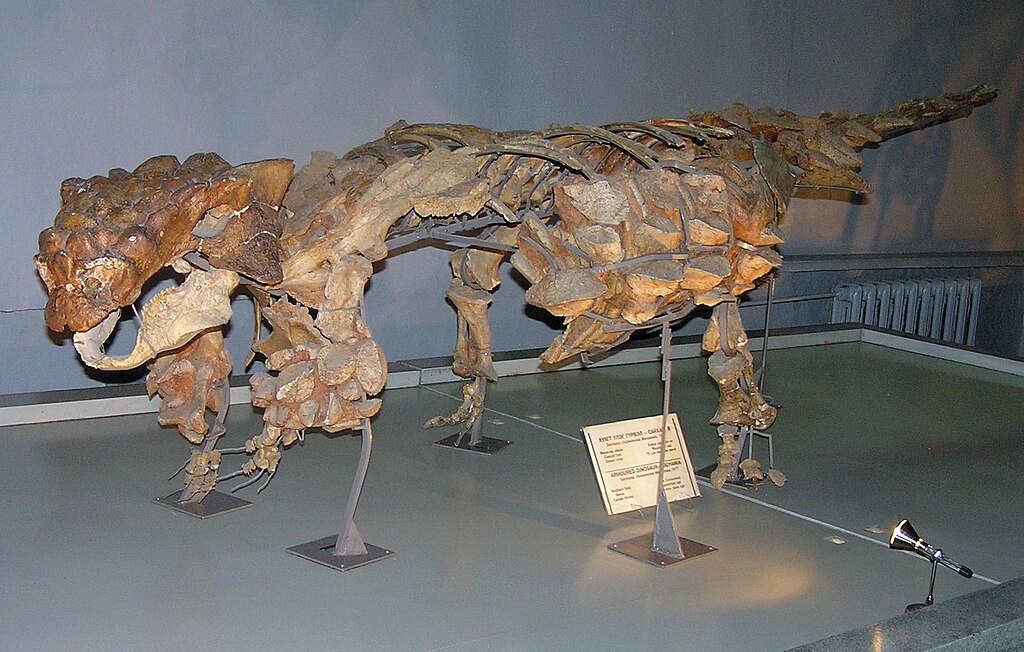
The Victorian fossil craze coincided with the height of British imperialism, creating a global trade network that channeled specimens from colonial territories to British museums and private collections. The expansion of railways in India allowed British geologists to access previously unreachable fossil sites in the Siwalik Hills, yielding spectacular mammal fossils that were shipped to London.
In Africa, colonial administrators with geological training sent fossil specimens from newly conquered territories back to Britain, where they were studied and displayed as scientific trophies of empire. Royal Navy ships routinely carried fossil specimens in their cargo holds alongside other natural history specimens collected during imperial voyages. This international fossil trade created an unprecedented concentration of global paleontological material in British institutions, where it was interpreted through Victorian scientific frameworks.
Colonial fossil hunters, both professional and amateur, corresponded with metropolitan scientists and sometimes gained recognition through their discoveries. The imperial dimension of Victorian paleontology reflected broader patterns of resource extraction and scientific appropriation, while simultaneously globalizing knowledge about Earth’s prehistoric past in ways that fostered international scientific collaboration alongside colonial exploitation.
The Legacy of Victorian Fossil Fever
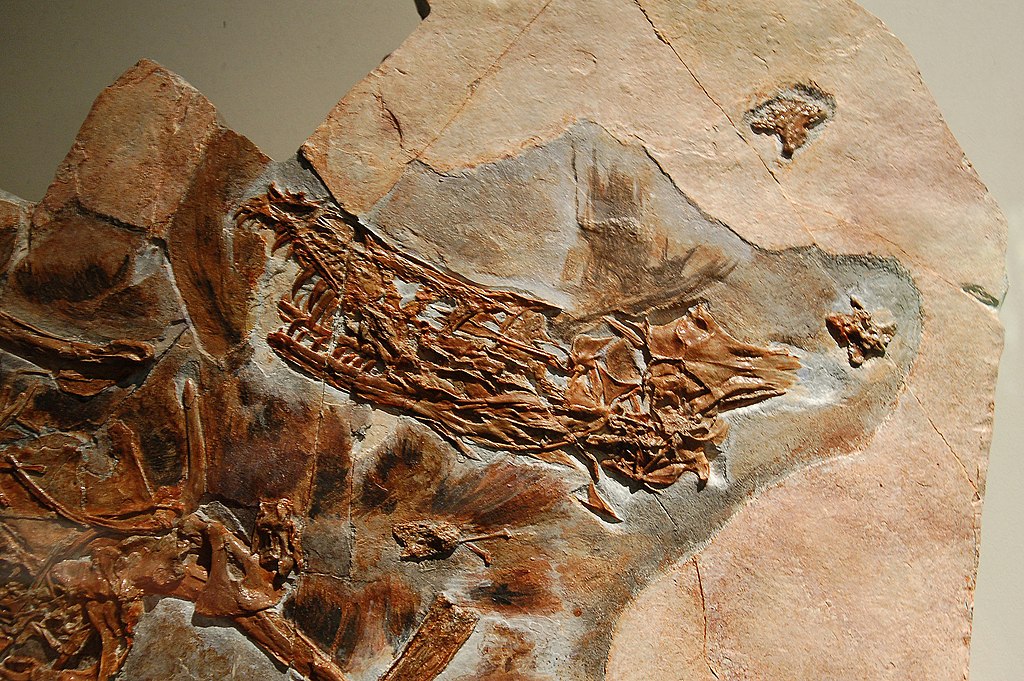
The Victorian fossil craze left an enduring legacy that shapes our relationship with paleontology to this day. The scientific institutions established during this period—from the Natural History Museum to the professional societies and journals—continue to serve as centers for paleontological research. Collection practices developed by Victorian fossil hunters, including field documentation methods and preservation techniques, formed the foundation of modern paleontological fieldwork.
Perhaps most significantly, the Victorian period established dinosaurs and other prehistoric creatures as powerful cultural symbols that continue to fascinate children and adults alike. Modern museum displays, while scientifically updated, still follow exhibition principles developed during the Victorian period to educate and inspire the public. The tension between scientific and religious interpretations of fossils that characterized Victorian debates continues to resonate in contemporary discussions of evolution and creationism.
Even the persistent popular image of the paleontologist as an adventurous fossil hunter in remote locations stems directly from Victorian narratives about fossil-collecting expeditions. The Victorian fossil craze thus represents not merely a historical curiosity but a transformative period that established many of our modern approaches to understanding, preserving, and popularizing Earth’s prehistoric past.
Conclusion

The Prehistoric Craze that swept through Victorian Britain left an indelible mark on science, culture, and public imagination. From the beaches of Lyme Regis to the grand halls of the British Museum, from scholarly treatises to children’s toys, fossils captured the Victorian spirit of discovery and classification. This remarkable period witnessed the transformation of paleontology from an obscure pursuit to a popular obsession, challenging religious orthodoxies while establishing new frameworks for understanding Earth’s deep history.
The fossil fever that gripped Victorian society reflected the era’s characteristic tension between tradition and innovation, faith and science, elite knowledge and popular education. As we continue to unearth new prehistoric wonders in the twenty-first century, we build upon foundations laid by those top-hatted gentlemen and crinoline-clad ladies who first looked upon ancient bones with a mixture of scientific curiosity and sublime wonder, forever changing humanity’s relationship with its prehistoric past.



